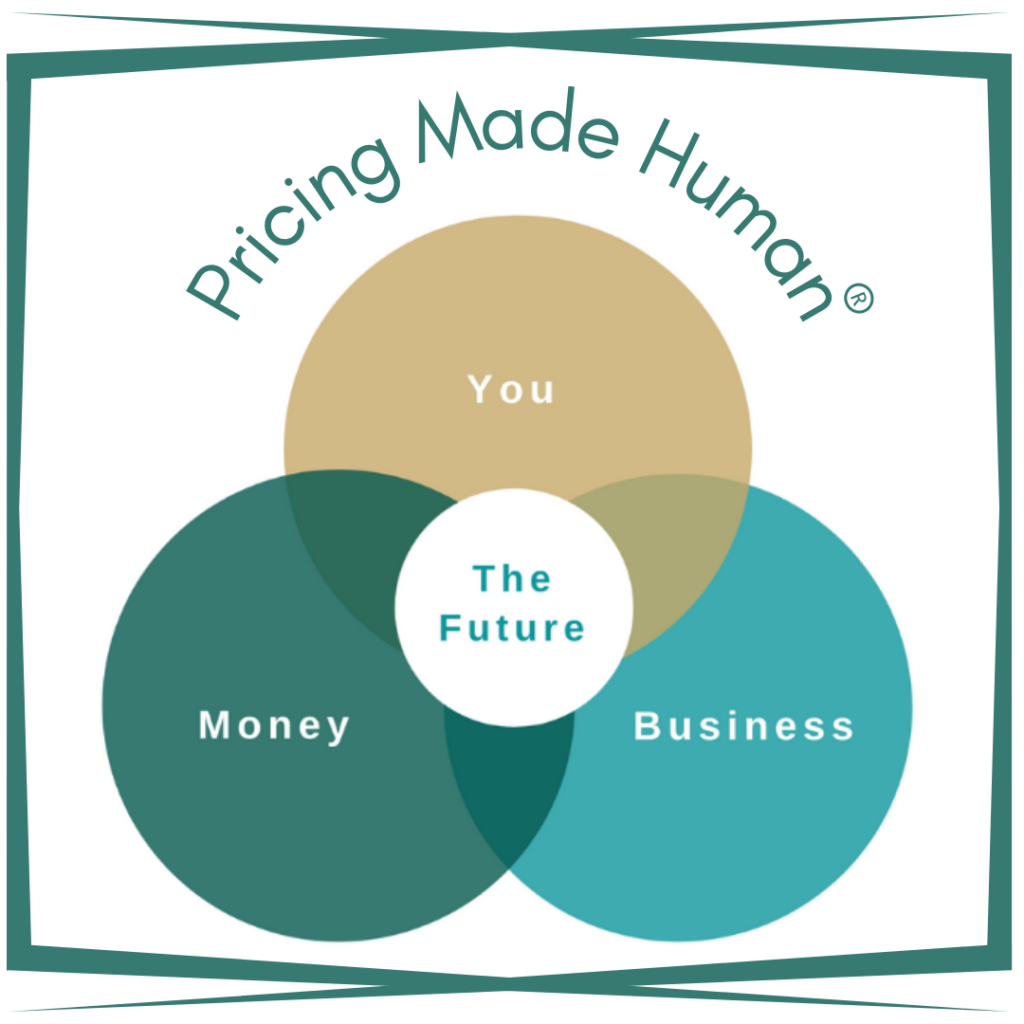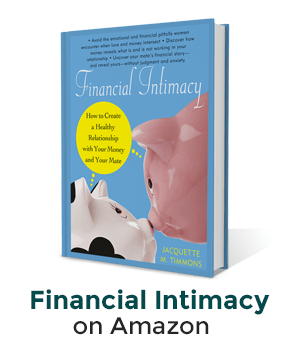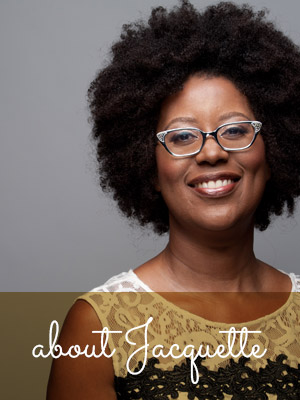The day after Christmas, I had the awesome pleasure of appearing on Minnesota Public Radio to talk about financial resolutions for 2019. Not surprisingly, Fidelity’s 10th Annual Resolutions Study came up during our conversation; also not surprising were the findings: For the tenth year running, the top three resolutions are save more money (48%), pay down debt (29%) and spend less (15%)
Are any of these financial resolutions (or goals, if you prefer) ones that you, too, have? Do you see these as opportunities to reshape your finances this year?
Do This First
We’re just six days into the new year, so I’m guessing you’re still easing into your post holiday routine. That means I am probably catching you before you’ve had a chance to make any headway with your resolutions. Good!
Because I’d like to suggest doing a few things before you start taking action. These recommended steps are designed to improve the likelihood that you’ll stick with your resolutions. This way, you can minimize the trail-off that tends to happen, and maintain the momentum – in heart and in action – and experience the financial success you desire. Be it save more, pay down debt, spend less — or, earn more! Or, whatever it is that will make you feel like you’re making progress regarding how money impacts your life.
(Some of the below are points I shared during the MPR interview.
Do a year-end review
One of the mistakes I see people making (and I have made myself) is setting New Year resolutions, without first doing a look-back. That’s where a year-end review comes into play.
Take some time to look back over 2018 and ask yourself questions like…
- What worked?
- What didn’t work?
- What lessons did you learn?
- Where were you most challenged?
- Where did you get in your own way; where did someone (or something) else get in your way?
- Where were you the bravest?
Answers these (or similar) questions, in general, and then with regards to money, specifically. With money, be sure to look at each dimension of it separately: saving, investing, spending, earning, debt, philanthropy, romance and money, family and money – you get the picture.
As you reflect on your answers, what patterns are emerging? What are those patterns telling you about your decision-making process, how you bounce-back from setbacks, how you celebrate successes? What are they revealing about the quality of the choices you’ve made, and how you feel about the consequences of them?
If you tracked your money, how much of your “spend” went to financing your short- and long-term goals.
With this enhanced insight, what, if anything, would you change about your 2019 financial resolutions (or goals)? Or, would they stay the same? What about the plan you’ve created – actions and habits – would you adjust?
The value of doing a year-end review before starting to implement your game-plan for your new goals is:
- You give yourself credit where it is due for what you got right (on purpose or by accident);
- With some level of objectivity, you’re able to see missteps more clearly (and hopefully with less judgment); and
- You can see what about the process you followed previously needs to change to set you up for success in 2019.
What I like about the practice of looking back is that it can actually save you time in the present! It helps you to be more intentional about which thoughts, behavior and choices will benefit you and are worth carrying forward, and which are hampering your progress and would be best left behind.
Get clear about your vision
By their very essence, all goals (resolutions) are a reflection of a future vision you have of yourself and your life. The same is true for your financial vision. And from what I’ve observed, visions that are expansive and inspired by possibilities (instead of being entirely based on a pain to avoid) give you more stamina for when the going gets tough. Like when your plan doesn’t quite work out the way you thought; or, you encounter a challenge you hadn’t prepared for; or, you simply lose steam and your excitement begins to wane.
Looking back helps you to see what type of vision (possibility or avoiding pain) you followed last year, and whether that version is one you want to adopt for 2019, too.
Check your level of optimism
A new year represents a fresh start, an opportunity to perhaps change direction. So of course you’re excited. But too much optimism may cause you to not practice the discipline and habits you need to close the gap between where you are and where you want/need to be. On the other hand, too little optimism may cause you to become jaded and allow inertia to set in.
Looking back helps you to see more clearly the instances where you were overly optimistic and didn’t properly prepare for the unexpected, as well as where a little more optimism could have been beneficial.
Try a Different Way
Now, you might be wondering what the heck do the three points above have to do with doing less and having more? Glad you asked -:)
Often, when you and I set new goals or declare resolutions – whether at the top of the year or at any other time on the Gregorian calendar – we think about all the things we need to stop and start doing. After all, one action has to replace the other, right?
But when was the last time you asked yourself, “How can I increase my capacity to have more by doing less?” Hmmm…
Such a question is almost counter-cultural. Especially since ours is one that celebrates busyness. To the point that it tends to posit a false notion of equivalency, which goes a little something like this: To have more, you need to do more.
This mindset may be behind the idea that says the reason you and I don’t have what we want is because we’re not doing enough. As a result, when you set your New Year’s resolutions and goals and then create your plan to make it happen, you think of all the things you need to do (more of).
Rarely do you think about having more or increasing your capacity for more alongside the idea of doing less. (I have a dear friend to thank for “pulling my coattail” on this front when I bumped up against what I call time friction during my multi-city workshop tour last year.)
But…
What if the plan you’ve created to achieve your 2019 resolutions and goals explored what it might look like to do less?
First, you’d need to define what doing less means to and for you? You might even need to define this for each goal/resolution you have.
Second, you’d need to determine how doing less would not only help you start strong, but also help you finish strong — and manage the ups and downs in between.
Third, you’d need to reframe how doing less doesn’t mean you aren’t putting in the effort; it might just mean you’re trusting your process – more.
Fourth, you’d need to get (even more) comfortable with saying, “no.”
The Paradox
Making the decision to do less is actually hard. Because it forces you to question darn near everything about not only what you’re doing, but the why behind it.
However, the benefits of doing less are tremendous. By doing less, you end up with more time, energy and focus, so that you can prioritize what matters. And not only do you (hopefully) end up with what you want – vis a vis your resolutions and goals – but also with more of things you may not have expressly asked for…yet need!
Happy New Year, folks!!
p.s. Join us for the next Comfort Circle™dinner – “Create Your One-Page Financial Plan.” It’s on Monday, January 28th at 6:30pm. Click here for details and to RSVP.





